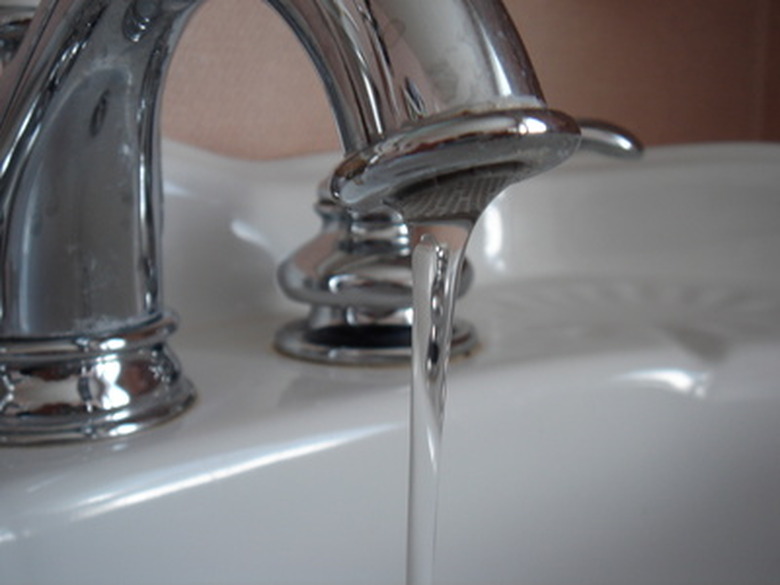Why Does My Reverse Osmosis System Gurgle?
An intermittent gurgling sound from your reverse osmosis water purification system is fairly common, especially in new installations. It's caused by air in the system after installation, and usually subsides in seven to ten days. If it doesn't, here are some other possible causes and solutions.
Siphoning
Siphoning
If the drain tubing from the air gap faucet on the reverse osmosis hookup that connects to the drainpipe sags lower than the point where it connects to the drainpipe, water dripping from the end can cause the drain tube to create a periodic siphoning effect, making a gurgling noise. To fix it, simply shorten the drain tube so that water flows downhill the whole length of the tube, and there are no low spots.
Misaligned Drain Pipe
Misaligned Drain Pipe
If the vertical drainpipe is bent or hooked up at an angle, the water ejected from the reverse osmosis system can drop directly down into the water pooled in the P-trap, and make dripping and gurgling sounds as the excess pours over the curve of the P-trap. To fix it, straighten the drain pipe so the water ejected during treatment runs down the side of the drainpipe and slips quietly into the pooled water in the trap.
Defective Flow Control
Defective Flow Control
If the reverse osmosis system's flow control allows too much water to flow, it can create a constant gurgling flow of water through the P-trap. To repair this problem, replace the reverse osmosis system's flow control valve.
High Feed Pressure
High Feed Pressure
If your water system's pressure at the feed line is too high, it can cause the reverse osmosis system to eject too much water during filtering. This is especially common in rural water systems with long pipe runs. To stop the problem and protect your home's plumbing system from rupture, install a pressure regulator on house's feed line. At the very least, put one on the feed line for the reverse osmosis system.
Over-sized Membrane
Over-sized Membrane
If the reverse osmosis membrane you have installed is larger than your family needs, the high output membrane will reject higher amounts of water during filtration. Most drains and faucet air gaps aren't capable of handling this high a constant water flow without making rude noises. To fix it, reduce the size of the membrane, and replace the reject flow control to a size appropriate for the new membrane. The reject flow should slow down to a level your drains can manage.
